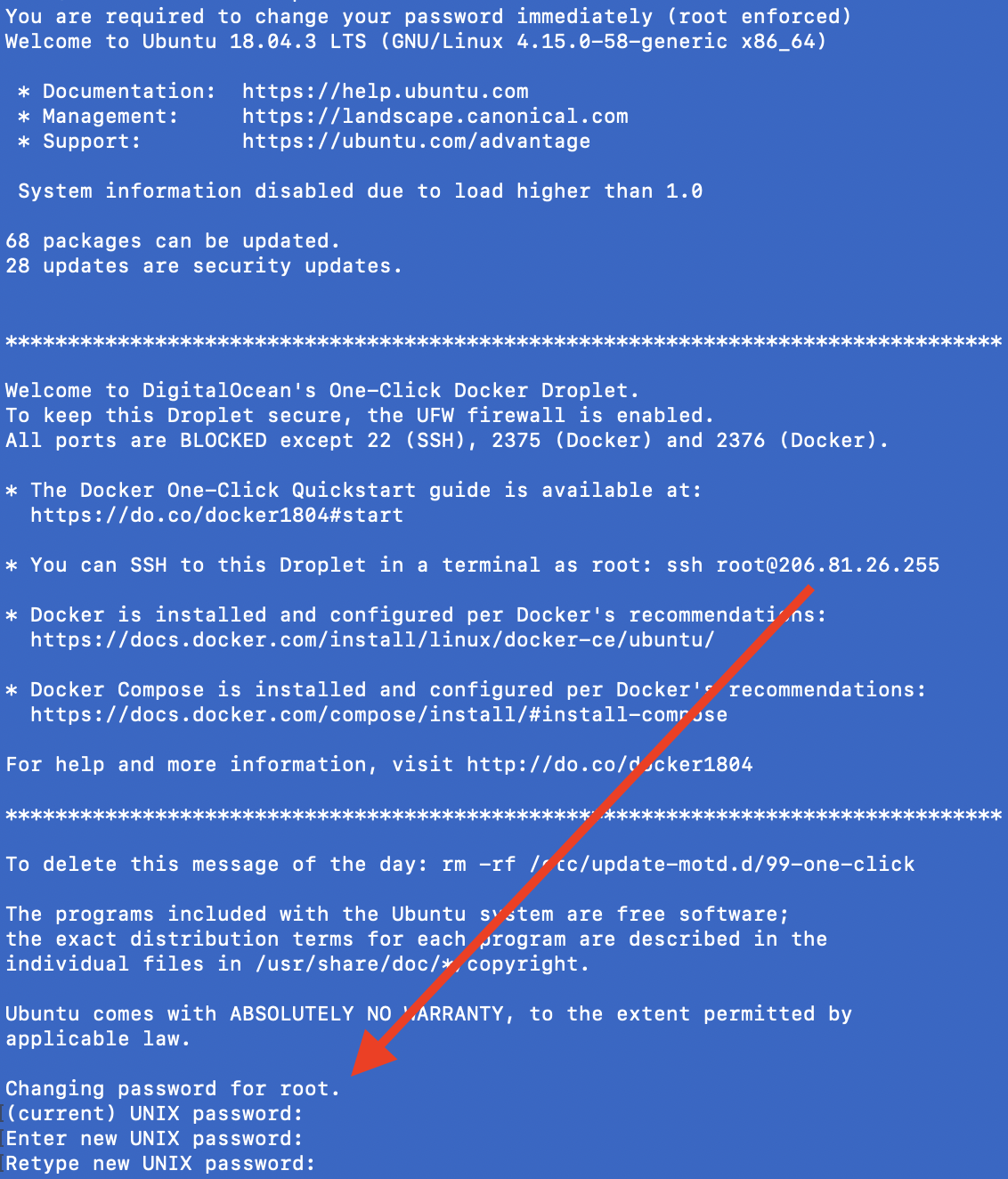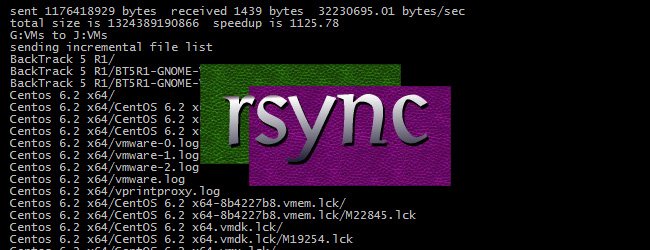Docker Installation On Linux Step By Step
- It also worked for me on Kali, trying to launch a mobsf docker container: Linux kali 5.6.0-kali2-amd64 #1 SMP Debian 5.6.14-1kali1 (2020-05-25) x8664 GNU/Linux. Docker version 19.03.13, build 4484c46d9d.
- This step-by-step guide will help you get started developing with remote containers by setting up Docker Desktop for Windows with WSL 2 (Windows Subsystem for Linux, version 2). Docker Desktop for Windows is available for free and provides a development environment for building, shipping, and running dockerized apps.
- Docker Installation On Linux Step By Step File
- Docker Installation On Linux Step By Step
- Docker Installation On Linux Step By Step Free
Estimated reading time: 4 minutes
Welcome! We are excited that you want to learn Docker.
Give feedback and get help. To get help from the community, review current user topics, join or start a discussion, log on to our Docker Desktop for Mac forum. To report bugs or problems, log on to Docker Desktop for Mac issues on GitHub, where you can review community reported issues, and file new ones.
This page contains step-by-step instructions on how to get started with Docker. In this tutorial, you’ll learn how to:
- Build and run an image as a container
- Share images using Docker Hub
- Deploy Docker applications using multiple containers with a database
- Running applications using Docker Compose

In addition, you’ll also learn about the best practices for building images, including instructions on how to scan your images for security vulnerabilities.
If you are looking for information on how to containerize an application using your favorite language, see Language-specific getting started guides.
We also recommend the video walkthrough from DockerCon 2020.
Download and install Docker
This tutorial assumes you have a current version of Docker installed on yourmachine. If you do not have Docker installed, choose your preferred operating system below to download Docker:
For Docker Desktop installation instructions, see Install Docker Desktop on Mac and Install Docker Desktop on Windows.
Start the tutorial
If you’ve already run the command to get started with the tutorial, congratulations! If not, open a command prompt or bash window, and run the command:
You’ll notice a few flags being used. Here’s some more info on them:

-d- run the container in detached mode (in the background)-p 80:80- map port 80 of the host to port 80 in the containerdocker/getting-started- the image to use
Tip
You can combine single character flags to shorten the full command.As an example, the command above could be written as:
The Docker Dashboard
Before going too far, we want to highlight the Docker Dashboard, which givesyou a quick view of the containers running on your machine. The Docker Dashboard is available for Mac and Windows. It gives you quick access to container logs, lets you get a shell inside the container, and lets youeasily manage container lifecycle (stop, remove, etc.).

To access the dashboard, follow the instructions for either Mac or Windows. If you open the dashboardnow, you will see this tutorial running! The container name (jolly_bouman below) is arandomly created name. So, you’ll most likely have a different name.
What is a container?
Now that you’ve run a container, what is a container? Simply put, a container issimply another process on your machine that has been isolated from all other processeson the host machine. That isolation leverages kernel namespaces and cgroups, features that have been in Linux for a long time. Docker has worked to make these capabilities approachable and easy to use.
Creating containers from scratch
If you’d like to see how containers are built from scratch, Liz Rice from Aqua Securityhas a fantastic talk in which she creates a container from scratch in Go. While she makesa simple container, this talk doesn’t go into networking, using images for the filesystem, and more. But, it gives a fantastic deep dive into how things are working.
Docker Installation On Linux Step By Step File

What is a container image?
When running a container, it uses an isolated filesystem. This custom filesystem is provided by a container image. Since the image contains the container’s filesystem, it must contain everything needed to run an application - all dependencies, configuration, scripts, binaries, etc. The image also contains other configuration for the container, such as environment variables,a default command to run, and other metadata.
We’ll dive deeper into images later on, covering topics such as layering, best practices, and more.
Info
If you’re familiar with chroot, think of a container as an extended version of chroot. Thefilesystem is simply coming from the image. But, a container adds additional isolation notavailable when simply using chroot.
CLI references
Refer to the following topics for further documentation on all CLI commands used in this article:
get started, setup, orientation, quickstart, intro, concepts, containers, docker desktopDetails about how to use Kong in Docker can be found on the DockerHub repository hosting the image: kong. We also have a Docker Compose template with built-in orchestration and scalability.
With a Database
Here is a quick example showing how to connect a Kong container to a Cassandra or PostgreSQL container.

Create a Docker network
You will need to create a custom network to allow the containers to discover and communicate with each other. In this example
kong-netis the network name, you can use any name.Start your database
If you wish to use a Cassandra container:
If you wish to use a PostgreSQL container:
Prepare your database
Run the migrations with an ephemeral Kong container:
In the above example, both Cassandra and PostgreSQL are configured, but you should update the
KONG_DATABASEenvironment variable with eithercassandraorpostgres.Note for Kong < 0.15: with Kong versions below 0.15 (up to 0.14), use the
upsub-command instead ofbootstrap. Also note that with Kong < 0.15, migrations should never be run concurrently; only one Kong node should be performing migrations at a time. This limitation is lifted for Kong 0.15, 1.0, and above.Start Kong
When the migrations have run and your database is ready, start a Kong container that will connect to your database container, just like the ephemeral migrations container:
Use Kong
Kong is running:
Quickly learn how to use Kong with the 5-minute Quickstart.
DB-less mode
Docker Installation On Linux Step By Step
The steps involved in starting Kong in DB-less mode are the following:
Create a Docker network
This is the same as in the Pg/Cassandra guide. We’re also using
kong-netas the network name and it can also be changed to something else.This step is not strictly needed for running Kong in DB-less mode, but it is a good precaution in case you want to add other things in the future (like a rate-limiting plugin backed up by a Redis cluster).
Create a Docker volume
For the purposes of this guide, a Docker Volume is a folder inside the host machine which can be mapped into a folder in the container. Volumes have a name. In this case we’re going to name ours
kong-volYou should be able to inspect the volume now:
The result should be similar to this:
Notice the
MountPointentry. We will need that path in the next step.Prepare your declarative configuration file
The syntax and properties are described on the Declarative Configuration Format guide.
Add whatever core entities (Services, Routes, Plugins, Consumers, etc) you need there.
On this guide we’ll assume you named it
kong.yml.Save it inside the
MountPointpath mentioned in the previous step. In the case of this guide, that would be/var/lib/docker/volumes/kong-vol/_data/kong.ymlStart Kong in DB-less mode
Although it’s possible to start the Kong container with just
KONG_DATABASE=off, it is usuallydesirable to also include the declarative configuration file as a parameter via theKONG_DECLARATIVE_CONFIGvariable name. In order to do this, we need to make the file“visible” from within the container. We achieve this with the-vflag, which mapsthekong-volvolume to the/usr/local/kong/declarativefolder in the container.Use Kong
Kong should be running and it should contain some of the entities added in kong.yml:
For example, get a list of services:
Follow Up:
Docker Installation On Linux Step By Step Free
